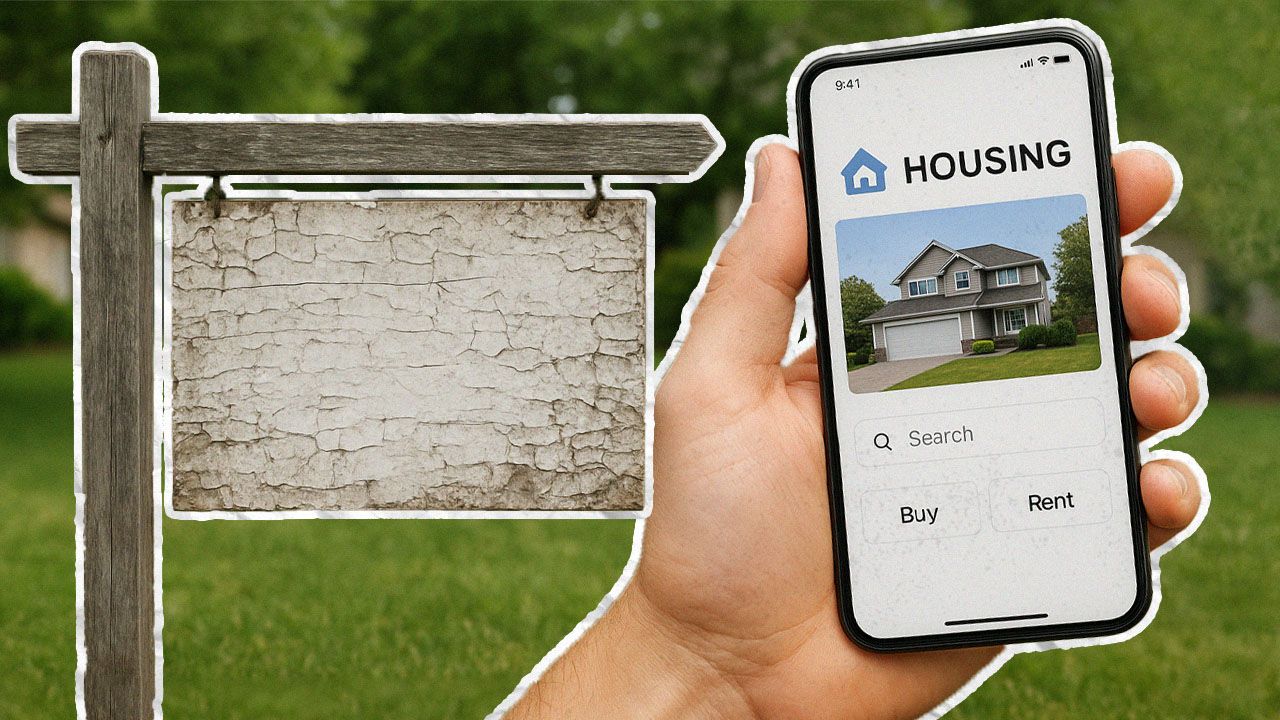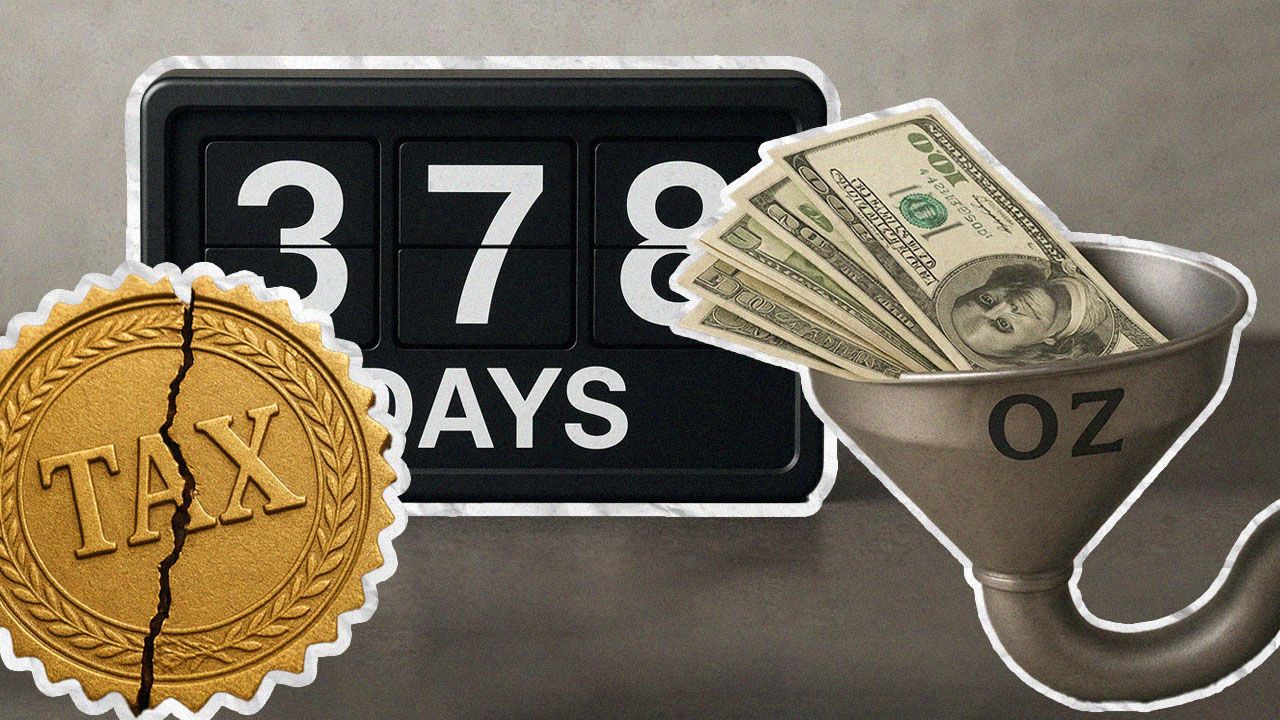Tariffs vs. Real Estate: How to Win the Costly Battle
May 13, 2025
Written by David Dodge
The recent wave of tariffs imposed by the Trump administration in 2025 has sent ripples through the U.S. real estate market, affecting everything from construction costs to home prices and affordability. With tariffs on steel, aluminum, lumber, and other materials potentially making new homes costlier, real estate professionals, developers, and homebuyers must adapt to navigate these challenges. According to U.S. News, these tariffs could add thousands of dollars to the price of a new home, impacting builders and buyers alike. This blog explores actionable strategies to survive and thrive in the real estate market amidst these tariff-driven changes, drawing on recent insights and expert analyses.
Understanding the Impact of Tariffs on Real Estate
Tariffs are taxes charged on goods imported from another country, and they directly affect the cost of building materials like lumber, steel, and gypsum. According to U.S. News, approximately 30% of U.S. lumber is imported from Canada, and tariffs on these materials can increase construction costs significantly. The National Association of Home Builders (NAHB) estimates that tariffs could increase builder costs by $7,500 to $10,000 per home, according to CNBC, putting upward pressure on home prices at a time when affordability is already strained.
Beyond construction, tariffs contribute to economic uncertainty, leading to volatile mortgage rates. Mortgage rates jumped to over 7% following tariff announcements, according to Investopedia, as the 10-year Treasury yield, which influences mortgage rates, rose to 4.59%. This volatility complicates budgeting for buyers and developers. Additionally, commercial real estate sectors like industrial and retail may face reduced leasing demand, according to Grassi, as consumer spending weakens under higher costs.
Strategies to Survive Tariffs in Real Estate
1. Source Domestic or Alternative Materials
To mitigate the impact of tariffs, consider sourcing materials domestically or from countries with lower or no tariffs. While the U.S. relies heavily on Canadian lumber, shifting to domestic suppliers could help, according to U.S. News, though domestic production may not fully meet demand immediately. Patricia Jordan, an associate professor at Texas Christian University, notes that U.S. sawmills may struggle to absorb tariff costs, so exploring alternative materials like engineered wood or recycled steel could be viable. For renovators, sourcing locally available materials has become a priority since supply chain disruptions during COVID, according to USA Today, reducing reliance on imported goods like Chinese fasteners or cabinetry.
2. Optimize Project Budgets and Timelines
With construction costs potentially rising by 3% to 5% for commercial projects, according to CBRE, developers should tighten budgets and streamline project timelines. Conduct thorough cost-benefit analyses to prioritize essential materials and delay non-critical upgrades. For example, builders can opt for smaller home designs to reduce material usage, as rising costs may force builders to pass on expenses or build smaller homes, according to Danielle Hale, chief economist at Realtor.com. Additionally, securing materials early can lock in prices before further tariff hikes, minimizing delays noted by Alex Yost of the North Carolina Home Builders Association, who highlighted supply chain interruptions extending build times, according to ABC News.
3. Diversify Investment Strategies
Tariffs create uncertainty, but they also open opportunities in undervalued markets. The most undervalued markets to purchase a home are located mostly in the Midwest and East Coast, according to U.S. News, where tariff impacts may be less severe due to lower reliance on imported materials. Investors can focus on existing homes or renovation projects that require fewer tariff-affected materials. For commercial real estate, office sectors may benefit from return-to-office trends, according to Grassi, offering a hedge against declines in industrial or retail leasing. Diversifying into multifamily properties in high-demand areas can also provide stable returns despite tariff pressures.
4. Monitor Mortgage Rate Trends
With mortgage rates becoming volatile due to tariff-induced economic uncertainty, according to HousingWire, buyers and investors should work closely with mortgage brokers to lock in rates when favorable. Phil Crescenzo Jr. of Nation One Mortgage Corporation noted that interest rates could fluctuate by half a percent in just days, according to Investopedia, making timing critical. Consider adjustable-rate mortgages for short-term projects or explore government-backed loans to offset higher rates. Staying informed about Federal Reserve actions, as rate cuts could mitigate some economic impacts, according to Fox Business, can guide financing decisions.
5. Advocate for Policy Exemptions
The NAHB has been proactive in urging the White House to exempt building materials from tariffs, according to their website, as these act as a tax on builders and consumers. Real estate professionals can join industry associations to advocate for exemptions on critical materials like Canadian lumber, which accounts for 85% of U.S. softwood lumber imports, according to NAHB. Engaging with policymakers to highlight the impact on housing affordability can influence future tariff adjustments, especially as exemptions for Canadian and Mexican products were secured in March 2025, according to NAHB.
Long-Term Considerations
While tariffs pose immediate challenges, they may encourage long-term shifts toward domestic manufacturing. Tariffs could add 400,000 new domestic manufacturing jobs after three to five years, according to CBRE, potentially stabilizing material costs. However, reshoring supply chains could double costs for companies, according to CNBC, suggesting that global low-tariff regimes may remain attractive. Real estate stakeholders should prepare for a multi-year transition, focusing on resilience and adaptability.
For homebuyers, tariffs may push buyers toward existing homes as new construction becomes pricier, according to Realtor.com’s Danielle Hale. This shift could increase demand for older properties, offering opportunities for renovators to capitalize on less tariff-sensitive projects. Staying informed through resources like the NAR’s analysis of tariff impacts by state, according to the National Association of REALTORS®, can help professionals tailor strategies to local markets.
Conclusion
Surviving tariffs in the U.S. real estate market requires a proactive approach: source alternative materials, optimize budgets, diversify investments, monitor rates, and advocate for exemptions. While tariffs will impact the economy and real estate recovery, according to Nuveen, the industry’s resilience and adaptability can mitigate these challenges. By implementing these strategies, real estate professionals and buyers can navigate the tariff landscape and position themselves for success in 2025 and beyond.







